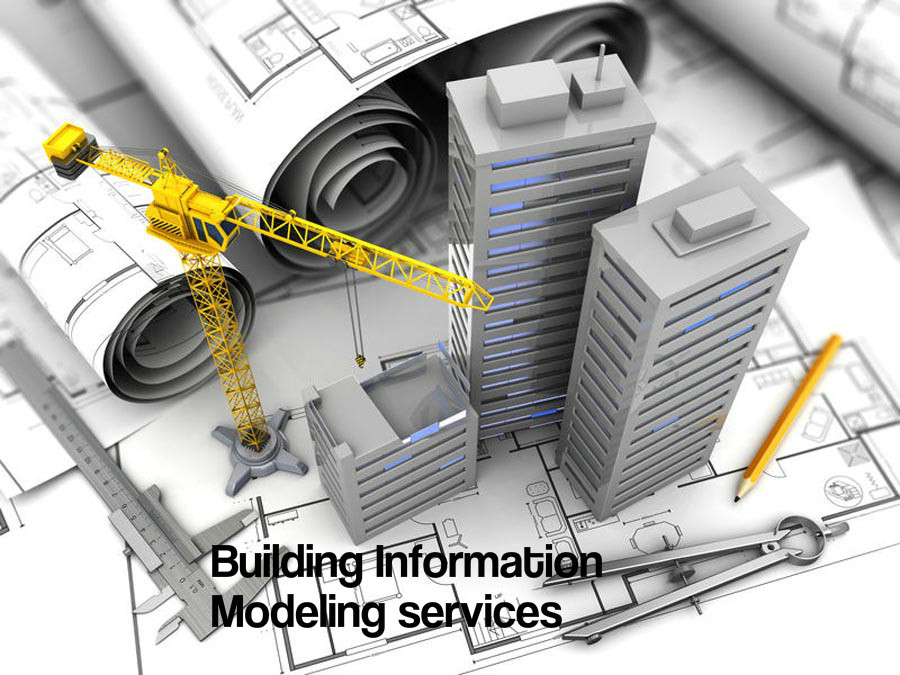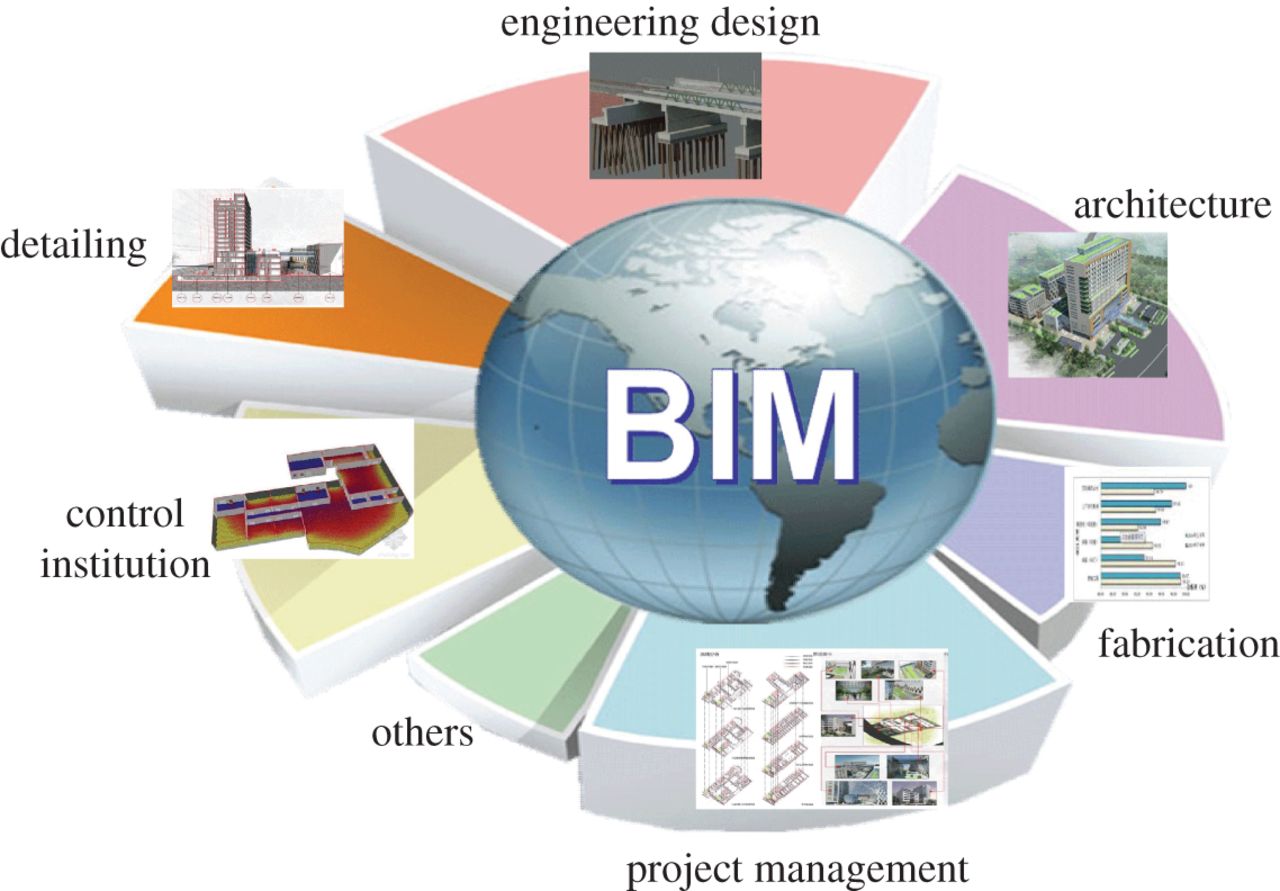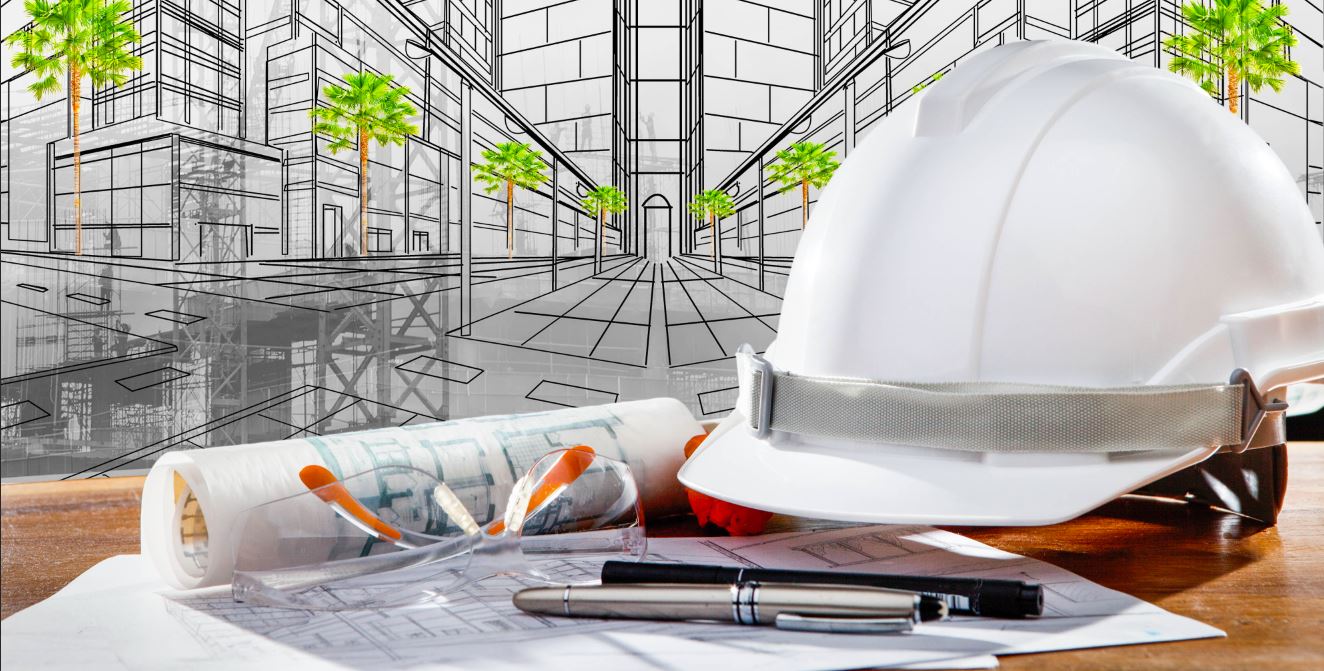
In today’s time, the prime techniques which get adopted by the project managers are the ones which provide them with the ability to quickly explore, optimize, and make informed decisions about complex design problems, unlike the tedious method of manually calculating how the design parameters impact other aspects of the building, such as energy loads and construction costs, a process which can take the stakeholders days or even weeks to get finalized.
This is where Generative Design comes in the picture. Generative design is a design exploration technique which allows a designer to define the design parameters, and then create many solutions simultaneously for the issue in hand instead of focusing on one model at a time, which is the case with traditional methods.
According to Technavio, a market research and advisory company, the global AEC (Architectural, Engineering and Construction) market is expected to grow at a Compound Annual Growth Rate (CAGR) of 11.8% during the period of 2017-21, which is bound to increase shortage of labour and further more complications, such as budgeting, schedules, and build qualities of the future projects.
To tackle these complications, techniques like Generative Design which provide the designers with opportunity to reduce the time and effort taken by the tedious tasks are of utmost importance, if not now, then in the foreseeable future. The automation and increase in the production capacity provided by generative design software is bound to assist the project managers in focusing on more projects and strategic decision-making. Generative Design can be seen as a co-creator, with which new ideas and products that better meet the needs of the world can be created in less time and with less negative bearing on nature.
According to research, approximately 46% of all the design firms in the USA are aware of generative design tools and over a third, 37% of the total design firms, currently have these tools in operation of their projects. Generative Design, when incorporated in a firm’s daily operations, is projected to facilitate the following:
- Improvement of budgetary decisions, quality constructions, and project management techniques
- Automation of route tasks
- Offering transparency about project assumptions
- Generation and exploration of more alternatives and approaches which are able to produce better and more functional solutions
Generative Design is getting more and more incorporated in the functioning of the firms, mainly because of new software design backgrounds and scripting capabilities which have made it relatively easy for designers to apply their designs by defining their issues in hand and then allowing the software to analyse and come up with different, efficient and unique yet sustainable solutions for the issue in a fraction of time which otherwise would’ve taken them hours or even days.
Generative design is definitely a positive change in how project managers conceptualise, design and build a project, but from its heart, this process is designed to enhance human capabilities by using a set of rules to push the designer’s logic and understanding over their limits, and thus shortening a timeline of a project by a great extent.
But, generative design software is not just meant to shorten the timeline of a project; it is to allow the stakeholders to perform a variety of other important tasks related to the building in the available time, which in turn will allow the building to be more functional, sustainable and efficient. What this means is that generative design methods can help the AEC teams to reach the ultimate goal, the goal of reducing waste and cost, in a project.
At the end, it is pertinent to note that even though Generative Design is meant to quickly explore, optimize, and make informed decisions to complex design problems; it is still a software, which, in its current technological state, cannot decide what issue to resolve, which goal to pursue, and what factors to be taken into account while solving a problem. These decisions, which are of great significance, can only be decided upon by a human. Generative Design is going to provide the AEC Industry with a new found liberty which will in turn enable them to design and make a better world, for their customers, themselves, and nature.
TechnoStruct LLP is a leading BIM Company in the architecture, engineering and construction industry in USA. It specializes in providing mechanical and engineering solutions, BIM consulting services, and construction solutions to commercial projects across industries, with a diversified range of services including but not limited to BIM, MEP engineering and designs, Mechanical engineer solution, Electrical Subcontractor, and many more.



